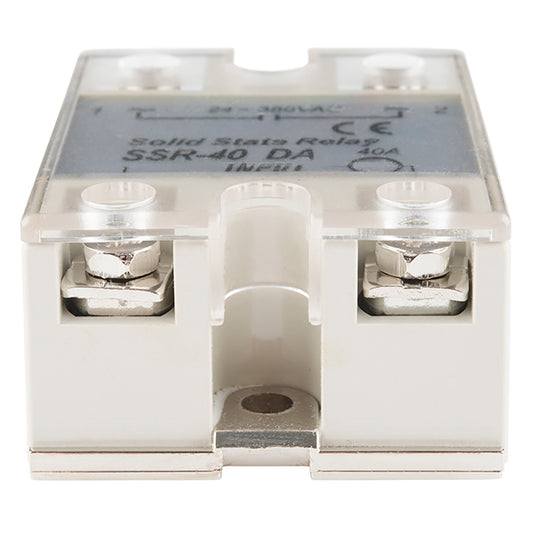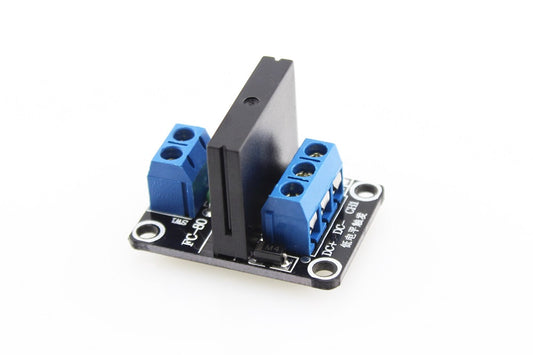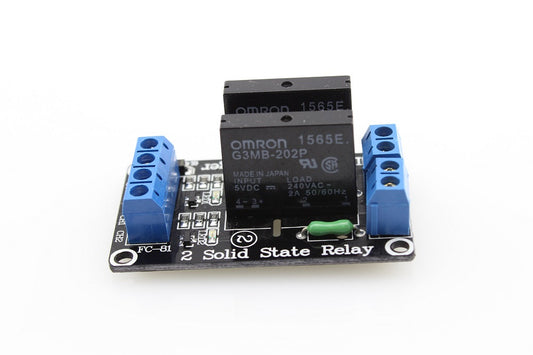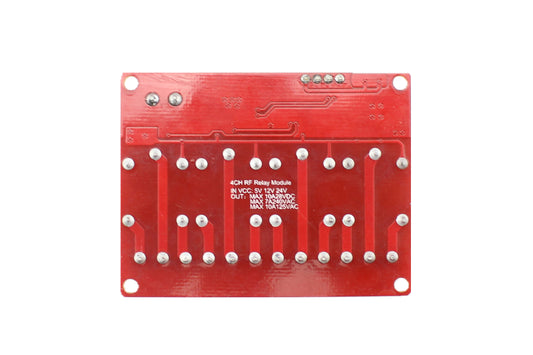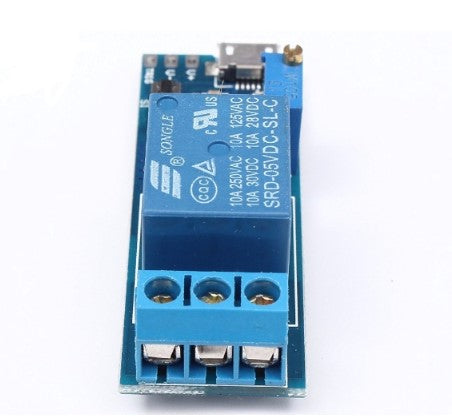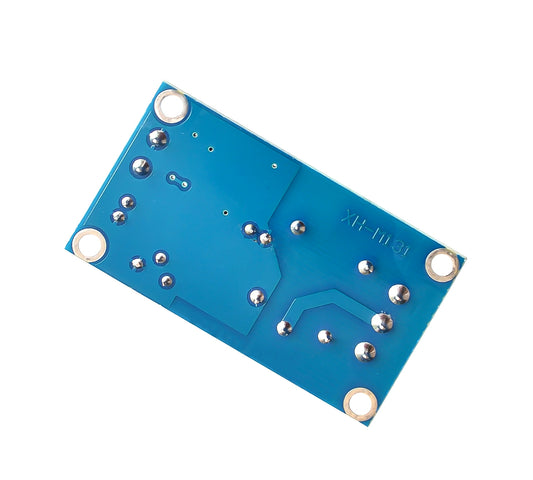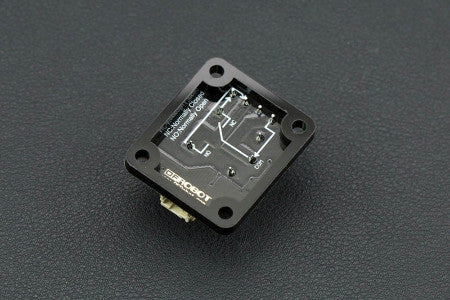Relay Modules Philippines: 5V, 12V, Solid State, Optocoupled | Circuitrocks
Relay Modules — Control AC & DC Loads with Arduino, ESP32 & Raspberry Pi
Switch appliances, motors, pumps, valves, and lighting safely with our range of relay modules. Choose from mechanical relays, solid-state relays, optocoupled boards, and high-current modules fit for hobby, home automation, and industrial control.
5V • 12V • Mechanical • Solid-State • Optocoupler • High-Current • Multi-Channel
Why shop relays here
-
Safe switching: optocoupled and isolated designs available
-
Wide compatibility: 5V/12V for Arduino, ESP & Pi
-
PH support: wiring, load ratings & safety guidance
Popular uses
- Home automation (lights, appliances, fans)
- Pumps, solenoids & motor switching
- Smart energy systems & IoT control
- Industrial equipment & signal isolation
Featured relay categories
Standard Mechanical Relays
Solid State & Optocoupled
High-Power & Specialty
- High-current relay modules
-
Latching relays for low-power switching
- Automotive & industrial relays
Tip: When switching AC loads, always follow proper wiring practices and ensure your relay’s current rating exceeds your device’s draw.
Relay chooser (quick guide)
| Need |
Best choice |
Notes |
| Basic automation |
5V single relay |
Simple on/off control for lights and small devices. |
| Multiple appliances |
4–16 channel mechanical relay |
Good for home automation panels. |
| Quiet or fast switching |
Solid-state relay (SSR) |
No clicking noise; handles rapid switching. |
| Low-power logic systems |
Optocoupled relay |
Protects microcontrollers from high-voltage spikes. |
| Battery-powered devices |
Latching relay |
Stays on without continuous coil power. |
| High-current motors |
Automotive/high-power relay |
Choose relays rated above peak current draw. |
Always check coil voltage, contact current rating, and isolation requirements for your application.
FAQ
Are relay modules safe to use with AC appliances?
Yes, as long as the relay is properly rated and the wiring follows safety standards. Use screw terminals and insulated enclosures.
Do relays work with Arduino and ESP32?
Yes—5V relays work with Arduino directly; ESP boards may need transistors or optocoupled modules.
When should I use a solid-state relay?
Use SSRs when silent operation or high-speed switching is needed, especially for AC loads.
Do you ship nationwide?
Yes—fast shipping anywhere in the Philippines with same-day processing on in-stock items.
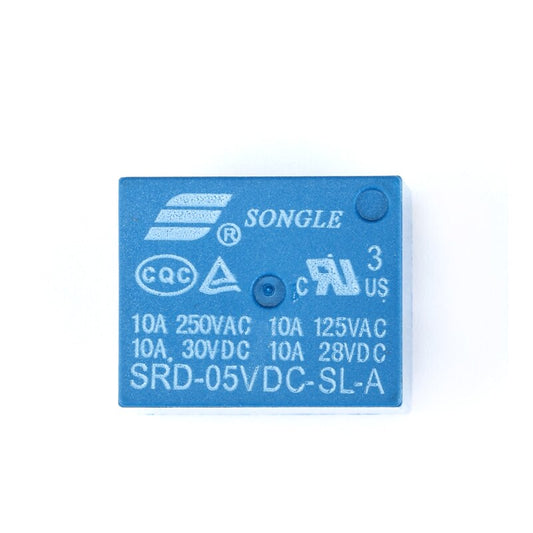 Sold out
Sold out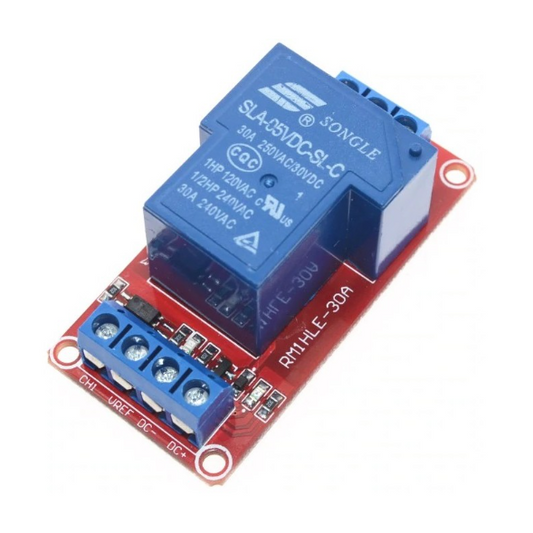 Sold out
Sold out
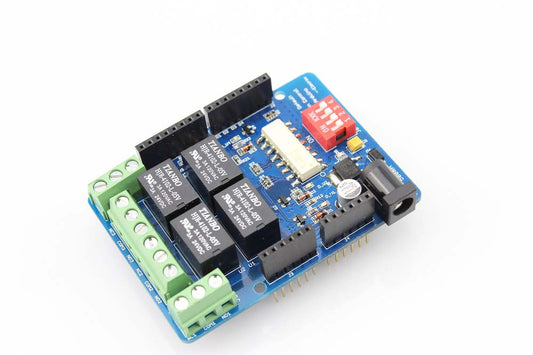 Sold out
Sold out








